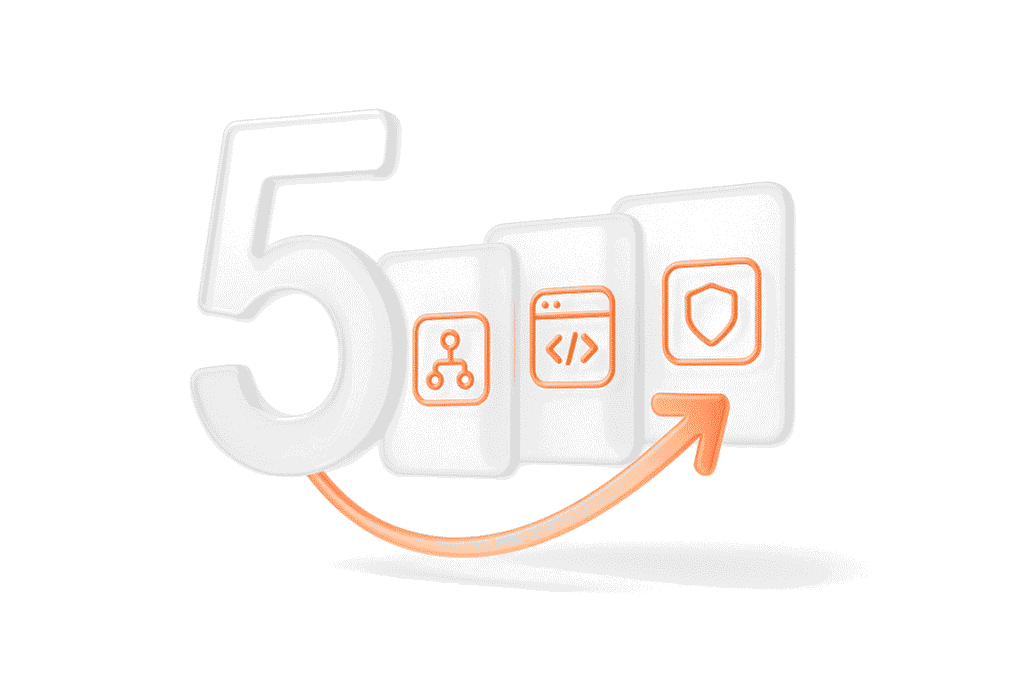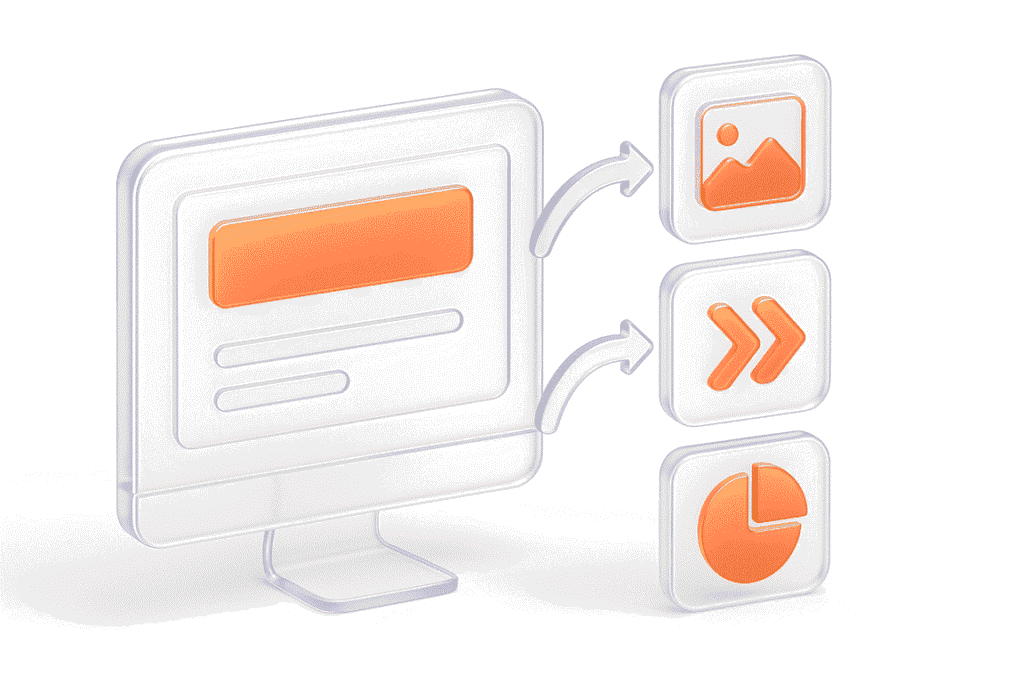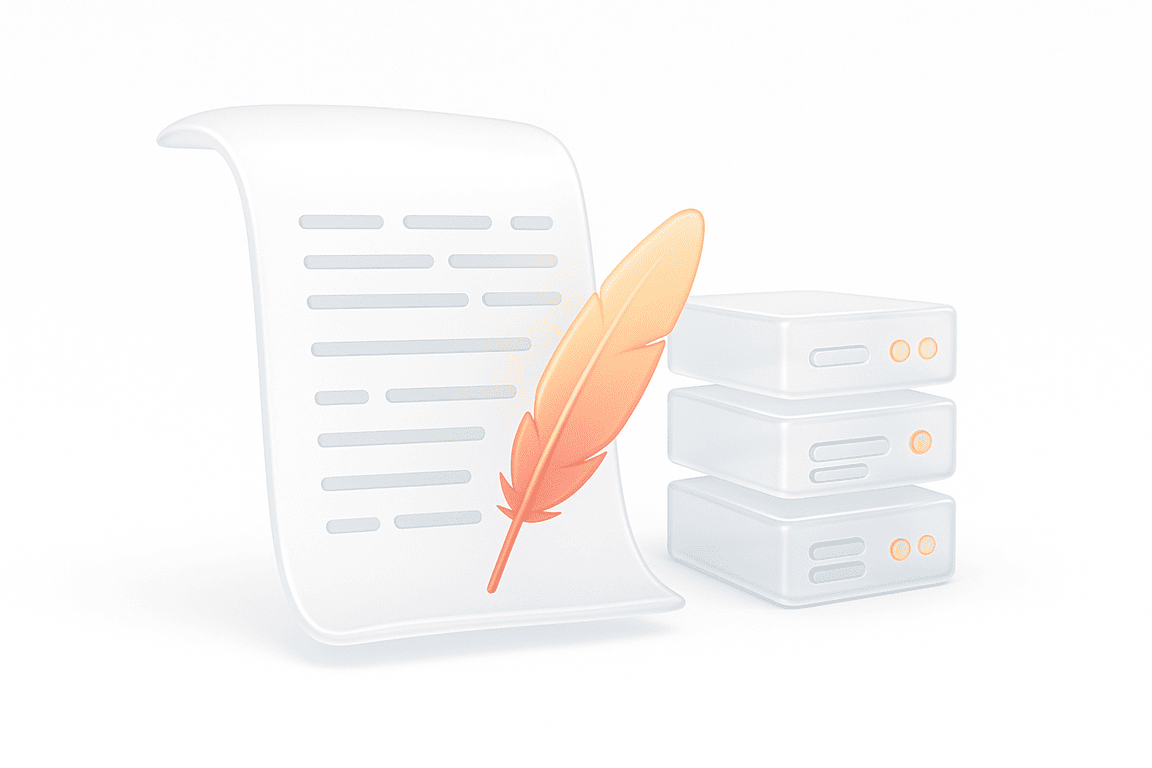Revolutionizing Performance Engineering: PFLB Launches Industry-First AI Reporting Feature
One-of-a-kind AI tool cuts reporting time, boosts productivity, and makes performance data accessible to all.
PFLB is proud to introduce AI Reports, a first-of-its-kind feature that’s set to reshape how performance engineering teams handle reporting. Built to tackle one of the most time-consuming parts of the job, AI Reports automatically analyzes test results, identifies issues, and generates full, readable reports — no manual formatting needed. Internal data shows it can save teams up to 10% of their time, simply by taking report writing off their plate. It’s a smarter, clearer way to work with performance data.
What Makes It Unique
What sets AI Reports apart is that it’s not just another AI text generator wrapped around test results. It’s powered by PFLB’s own proprietary data model, built from the ground up for performance engineering. It’s a system that actually understands performance data.
The AI can identify issues on its own, without needing to be told where to look. It scans test results, spots anomalies, and points out exactly where things went off — then explains those findings clearly and in context. It even goes a step further by interpreting performance graphs, highlighting key moments, and describing what’s happening and why it matters.
And when the report is ready, it’s easy to share — no login required. Just send a link, and anyone can view the full interactive report, whether they’re part of the platform or not.
Interactive Visuals
AI Reports deliver fully interactive graphs that make digging into your performance data quicker and more intuitive. You can hover over data points to see exact values, explore trends, and adjust the view to focus on what matters most.
The visual tools are designed to help engineers move faster and with more precision. It’s a hands-on way to explore results — and a major step up from the usual static reports.
Fully Automated Reports
With AI Reports, the entire reporting process is handled automatically — from analysis to full write-up. It builds complete reports that often match or even exceed the quality of what a junior engineer might produce manually.
Because the system is built on consistent logic and a deep understanding of performance metrics, you get reliable, high-quality reporting every time, no matter who ran the test. That means fewer discrepancies, fewer missed insights, and less reliance on someone’s writing skills to get the message across.
It’s reporting that works the same way, every time — clear, accurate, and consistent.
For Managers & Stakeholders
AI Reports was also built with managers and stakeholders in mind.
The reports are written in clear, natural language that makes complex performance data easy to understand, even for those without a technical background.
Instead of vague summaries or raw graphs, managers get a focused narrative: what happened during the test, where potential issues lie, and what needs attention. That makes it easier to connect performance metrics with business outcomes, whether it’s ensuring stability before a launch or tracking improvements over time.
By bridging the gap between engineers and decision-makers, AI Reports helps teams move faster and collaborate better — without needing someone to translate in between.
Efficiency and ROI
Writing reports has always been one of the most time-consuming parts of performance testing — and one of the easiest to overlook. With AI Reports, teams can save up to 10% of their total work time, based on internal studies. That’s time engineers can now spend analyzing deeper issues, optimizing systems, or simply moving on to the next task.
Beyond saving time, automated reports also reduce the mental load that comes with context-switching between testing and documentation. It’s a small shift that adds up: less manual effort, fewer delays, and more consistent output across the board.
Sharing and Accessibility
One of the most practical features is the ability to share reports via a simple link — no registration required. The shared report includes everything: the full write-up, interactive graphs, and all the underlying data. It’s a seamless way to bring others into the loop without exporting, emailing files, or setting up access rights.
Availability
AI Reports is currently available in beta for all registered PFLB users. If you’re already using the platform, you can start exploring the feature right away and see how it fits into your workflow. Want to see more similar innovations? Read our overview on AI in Load Testing.
Related insights in blog articles
Top 5 AI Load Testing Tools in 2025: Smarter Ways to Test Performance

AI is quickly becoming the most overused promise in software testing — every platform now claims it, but few can prove it.Some “AI load testing tools” genuinely analyze data, learn from patterns, and generate meaningful insights. Others stop at fancy dashboards and static scripts dressed in new terminology. In this comparison, we’ll separate real machine […]
What is Mock Testing?: Everything You Need To Know

Software teams often face a challenge when certain parts of a system aren’t ready, unstable, or too costly to call during testing. That’s what mock testing is for. By simulating dependencies, engineers can verify functionality without relying on real services. For many, understanding mock test meaning provides clarity: it’s about creating safe, controllable environments for […]
JMeter Parameterization: Full Guide from PFLB

The importance of JMeter parameterization in modern IT is undeniable for both technical and business stakeholders. This data-driven testing approach allows QA engineers to execute real-world performance tests quickly, efficiently, and with minimal errors, and lets businesses reduce the risk of severe operational bottlenecks and costly downtime. In this comprehensive guide, we look at parameterization […]
JMeter API Testing: Step-by-Step Guide

APIs drive today’s applications, connecting services and delivering the responses users expect instantly. To make sure they run smoothly under real-world conditions, teams turn to performance testing. JMeter API testing is a proven approach that allows QA engineers to simulate traffic, measure response times, and identify bottlenecks early. This guide explains the essentials of API […]
Be the first one to know
We’ll send you a monthly e-mail with all the useful insights that we will have found and analyzed
People love to read
Explore the most popular articles we’ve written so far
- Top 10 Load Testing Tools for 2025: The Deep Dive Sep 9, 2025
- Cloud-based Testing: Key Benefits, Features & Types Dec 5, 2024
- Benefits of Performance Testing for Businesses Sep 4, 2024
- Android vs iOS App Performance Testing: What’s the Difference? Dec 9, 2022
- How to Save Money on Performance Testing? Dec 5, 2022


